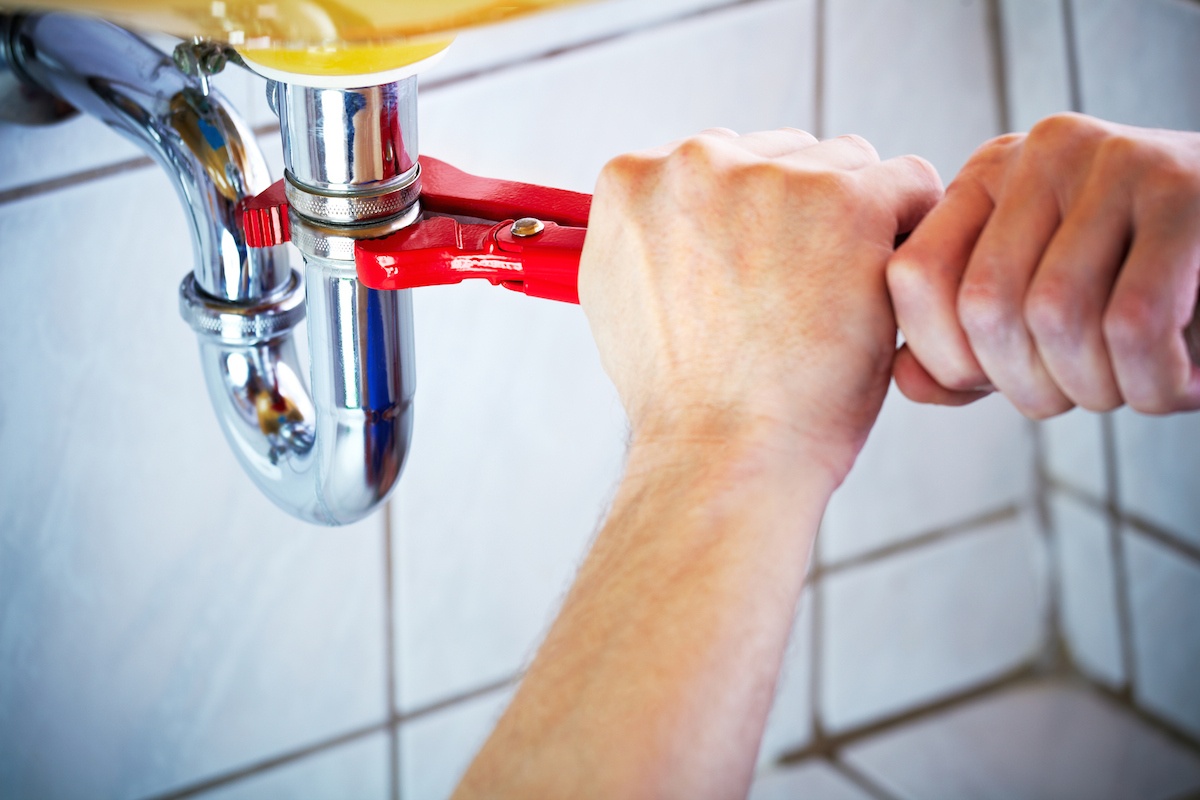
The main thing to remember is that the pipes themselves are not damaged by the cold, they are damaged by the water in them as it freezes and expands. Keep these steps in mind when preparing your pipes for winter:
- Drain them: This is usually the right choice for outside faucets, hoses and sprinkler systems. You can even have your interior plumbing drained, or winterized, by a professional if you plan to be away from your home for an extended period of time.
- Keep them from freezing: Most people do not have issues with keeping their interior plumbing from freezing. However, older homes and / or certain features of some homes may increase the likelihood of freezing to occur in interior pipes during an extreme cold snap.
How To Protect Your Interior Plumbing In The Winter
A frozen or burst interior pipe can cause issues ranging from a small inconvenience to a massive amount of damage. Here are some tips for preventing this problem:
- When insulating your home, don’t forget about areas like basements, garages and crawl spaces. Make sure that any pipes in these areas are wrapped with insulation.
- Keep the heat in your house set to at least 65 degrees. It may be tempting to save money by turning the heat way down, but the temperature in your walls (where your pipes are) is much colder than the temperature within your rooms. Setting your heat below 65 may not keep the air inside the walls from reaching freezing temperatures.
- During extreme cold weather, take the extra precaution of opening the cabinets below your kitchen and bathroom sinks. This will allow warm air to reach the pipes more easily. You can also leave your faucets on just enough that they drip – this will keep water moving through the pipes which helps prevent freezing.
- Make sure you know where the main water shut-off is in your house, and how to use it. If you go on an extended trip during the winter, have a friend or neighbor check on your home and make sure they understand how to shut off the water as well. Stopping a leak right away can prevent significant damage.
- If you do encounter a frozen pipe in an area you can access, be careful while you attempt to thaw it. Try using a heating pad or a hair dryer, do not use a blowtorch or any other form of open flame.
Before winter arrives, take the time to check for any potential issues with your plumbing. With a few simple precautions, you can protect the pipes in your home or business from freezing temperatures.
To ensure you have the protection you need for your home or business, contact TWG.
{{cta(‘d29bcd62-6051-4739-9ac6-a67090d642cf’)}}

